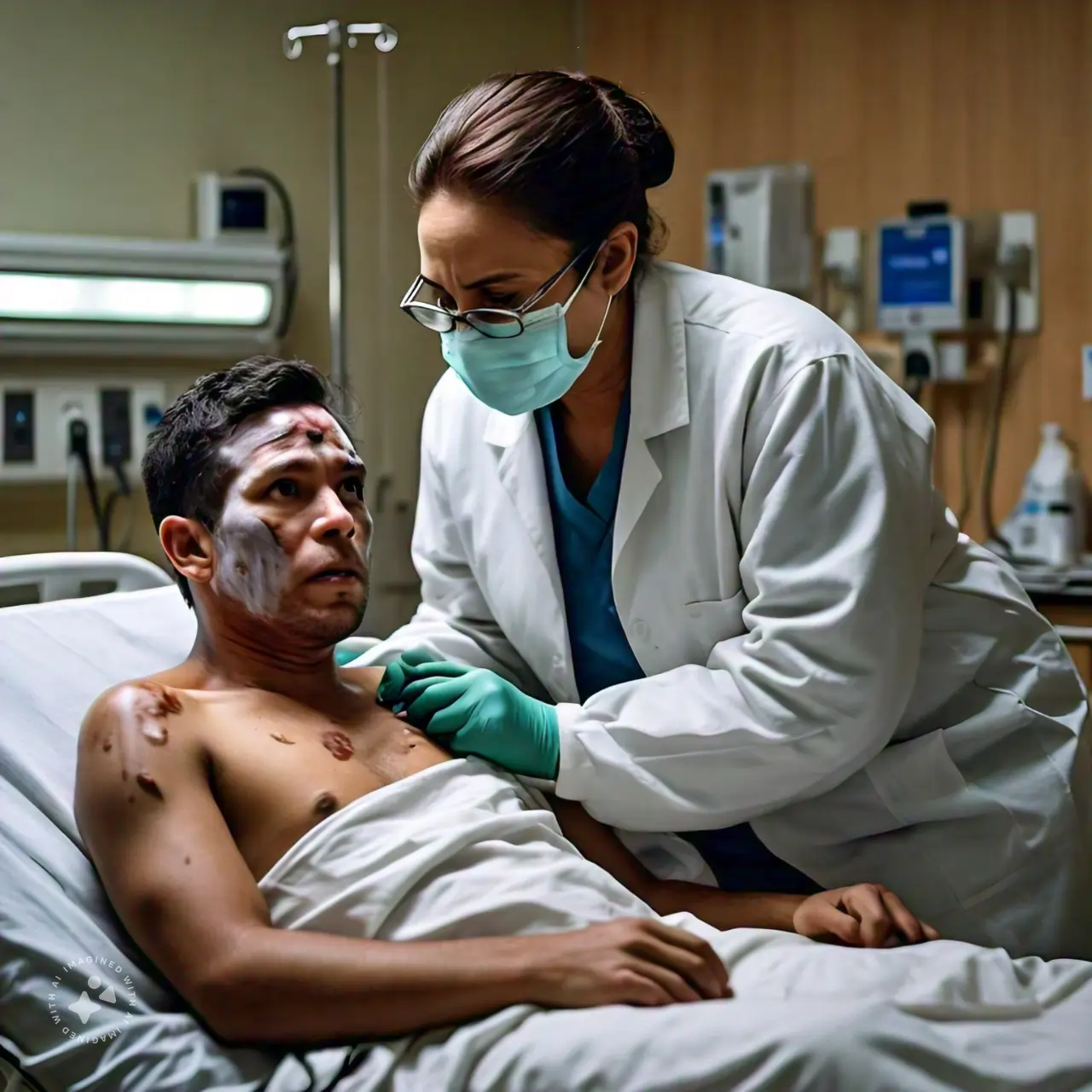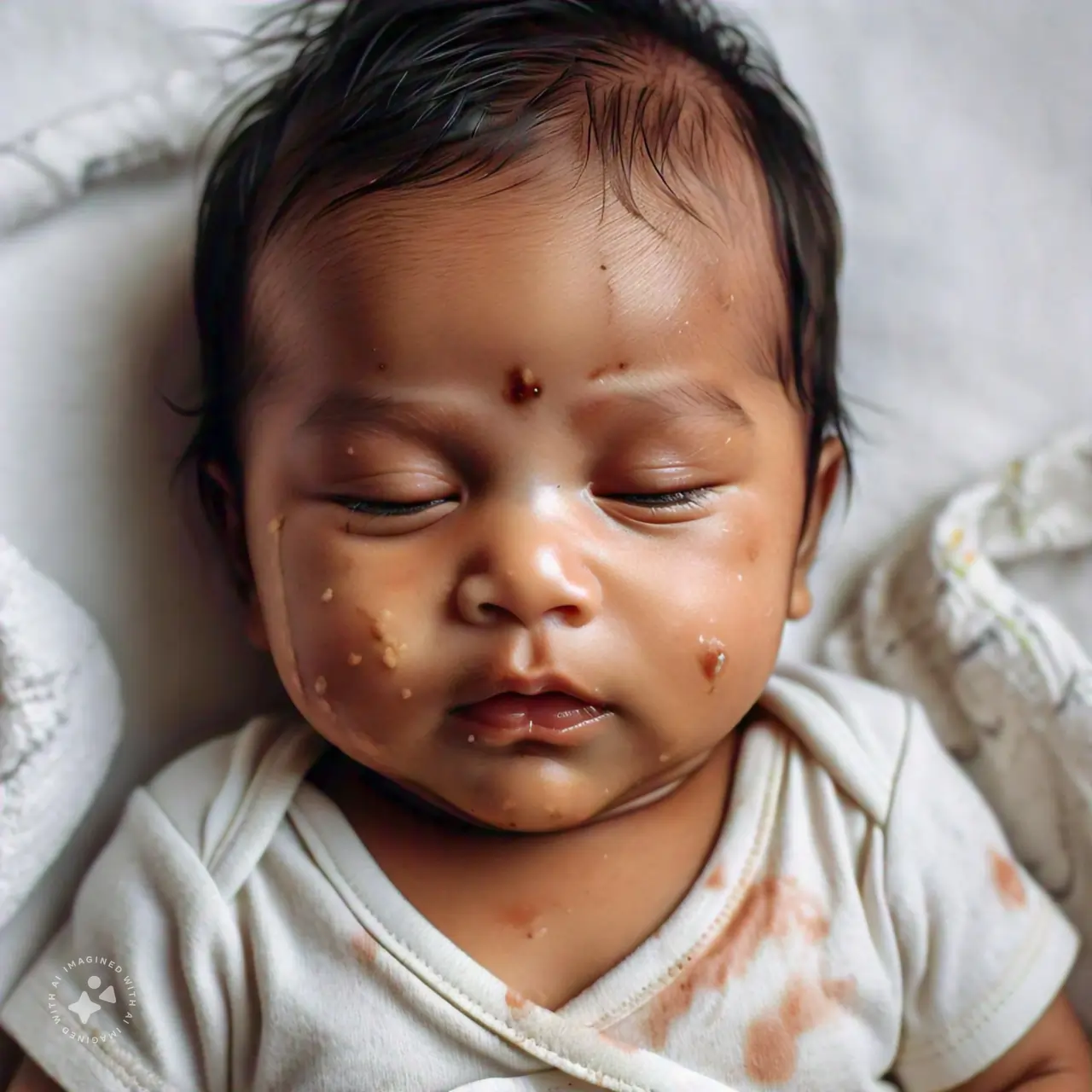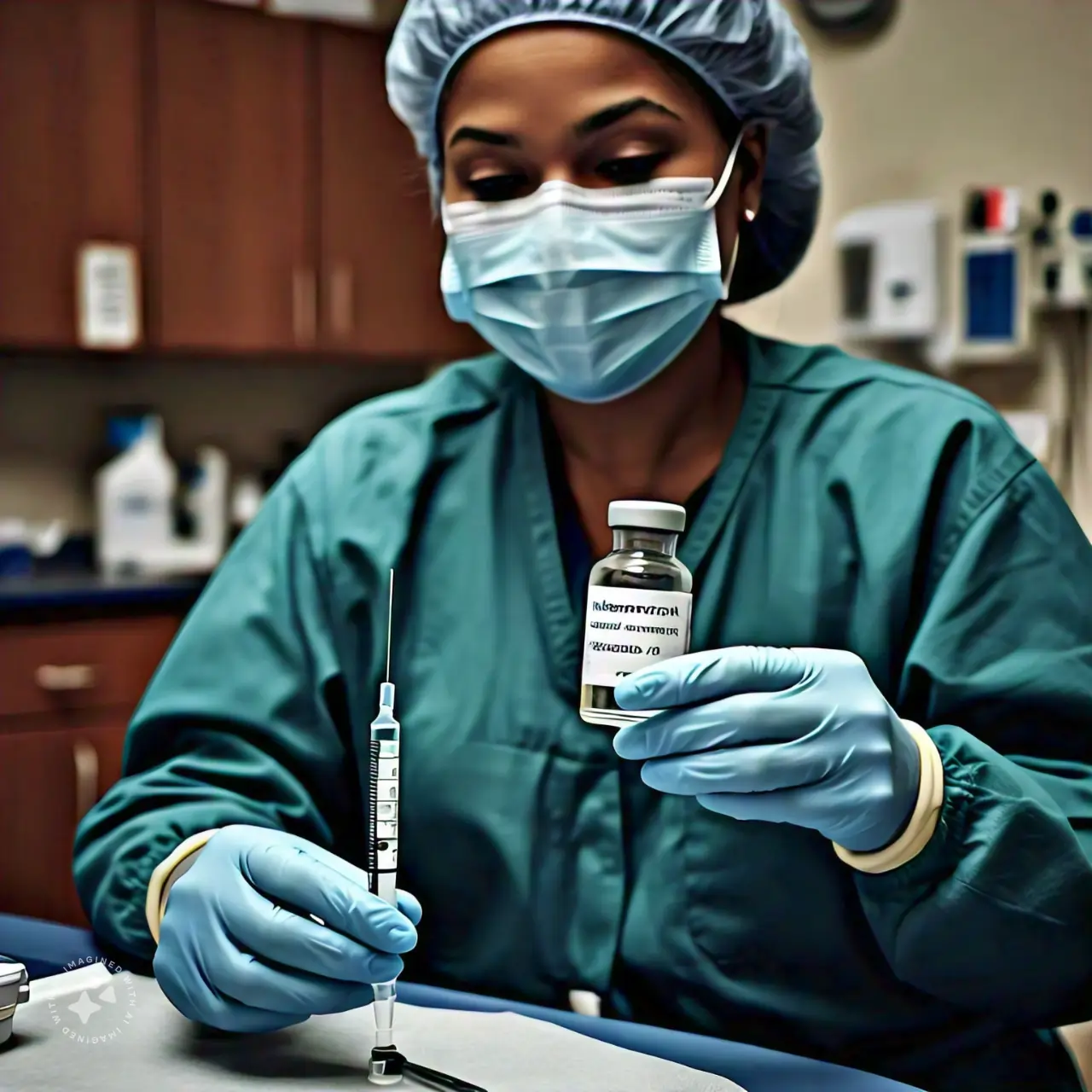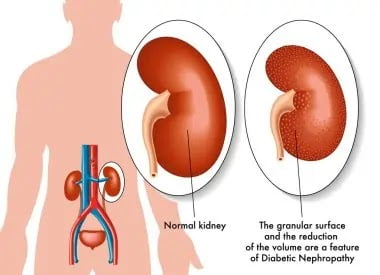
Welcome to a guide that can safeguard you and your loved ones during the Monkeypox outbreak. In recent times, the spread of Monkeypox has raised concerns among communities worldwide. Understanding the virus, its symptoms, and the necessary precautions is crucial in mitigating its impact on public health. Let’s delve into the core steps you can take to protect yourself and those around you from this infectious disease.
Introduction
As of my last update in June 2023, there’s been a significant increase in the detection of Monkeypox virus cases across the globe, leading to a growing concern among public health officials and the general public. This has sparked an urgent need to understand the virus better, its transmission routes, and most importantly, how to protect ourselves and our loved ones from this emerging threat. In this article, we’ll explore five crucial steps to safeguard your health and the health of your loved ones amidst the Monkeypox outbreak.
What is Monkeypox?

Mpox usually occurs in Central and West Africa. Cases outside of Africa are probably due to:
- International travel.
- Imported animals.
- Close contact with an animal or person with mpox.
Monkeypox is less severe than smallpox, a related but more deadly virus. The virus that causes monkeypox belongs to the Orthopoxvirus genus, which includes the smallpox virus. People infected with monkeypox typically develop a rash and fever, and the disease is usually self-limiting, with symptoms lasting from 2 to 4 weeks. It can be more severe in young children and those with weaker immune systems.
Symptoms of Monkeypox

Monkeypox is characterized by a distinctive set of symptoms that typically evolve through several stages, starting with an initial flu-like period. The most common symptoms of Monkeypox include:
1. Fever: A high temperature that can indicate the onset of the infection.
2. Headache: Discomfort in the head which can be a significant symptom.
3. Muscle Aches and Pains: Generalized body discomfort and fatigue.
4. Swollen Lymph Nodes: Enlarged lymph nodes, often in the groin or armpits, can be a key sign of Monkeypox.
5. Exhaustion: Feeling extremely tired or lacking energy.
6. Rash or Sores: One of the most distinctive signs, is a rash that usually starts on the face and then spreads to other parts of the body, including the palms of the hands and soles of the feet. The rash often evolves from raised bumps to blisters filled with pus.
It’s important to note that the symptoms can vary widely among individuals, and not everyone with Monkeypox will have all these symptoms. If you suspect you or someone else might have Monkeypox, it’s crucial to seek medical advice for a proper diagnosis and to prevent further transmission.
Risk Factors
During an outbreak of Monkeypox, several risk factors can increase an individual’s likelihood of contracting the virus. These include:
1. Close physical contact with infected individuals, especially through skin-to-skin contact or touching the lesions.
2. Sharing personal items such as bedding, clothing, or towels with someone who has Monkeypox.
3. Being close to respiratory secretions from a person with Monkeypox, especially in poorly ventilated spaces.
4. Engaging in intimate activities, such as kissing or sexual contact, with an infected person.
5. Direct contact with infected animals, such as rodents or primates, which can carry the virus.
6. Having a weakened immune system, which can make it harder for the body to fight off the virus.
7. Being in a setting with an outbreak, including healthcare facilities or communities with confirmed cases.
Taking precautions and practicing good hygiene can help mitigate these risks during a Monkeypox outbreak.
Prevention Measures

1. Keep Informed: The first step is to stay informed about the latest updates on Monkeypox from reliable health sources such as the Centers for Disease Control and Prevention (CDC) or the World Health Organization (WHO). Understanding the disease, how it spreads, and who is at risk can help you take appropriate precautions.
2. Practice Good Hygiene: Regularly wash your hands with soap and water for at least 20 seconds, especially before eating, after using the bathroom, and after coming in contact with public surfaces. If soap and water are not readily available, use a hand sanitizer that contains at least 60% alcohol.
3. Avoid Close Contact: Monkeypox can spread through direct contact with the virus in an infected person’s bodily fluids, lesions, items they have recently used, and possibly through respiratory secretions during prolonged, close, face-to-face contact. To protect yourself, avoid close contact with people who have symptoms of Monkeypox, and maintain a safe distance in social settings.
4. Wear Protective Clothing: If you are in a healthcare setting or are in close contact with someone who is suspected or confirmed to have Monkeypox, wear protective clothing such as gloves, a gown, and a mask. It’s important to follow proper guidelines for putting on and taking off this protective gear to avoid contamination.
5. Get Vaccinated: The JYNNEOS vaccine has been authorized to prevent Monkeypox in individuals 18 years of age and older. It is recommended for people who are at higher risk of exposure. Consult with your healthcare provider to determine if the vaccine is appropriate for you and to get vaccinated if it is available and recommended for you.
Remember, combining several preventive measures is the best way to protect yourself from Monkeypox. Stay informed about the latest health recommendations, and follow the advice of your healthcare provider.
In conclusion, the Monkeypox outbreak serves as a stark reminder of the importance of vigilance and proactive measures in safeguarding our health and the well-being of our communities. By adhering to the five crucial steps individuals can significantly reduce their risk of contracting Monkeypox. Protecting yourself and your loved ones is a collective responsibility that requires knowledge, awareness, and action. By taking these steps, we can mitigate the spread of the virus and contribute to our communities’ collective health and safety.
FAQs
1. What regions are most susceptible to monkeypox outbreaks?
Monkeypox outbreaks have historically been most common in the tropical rainforest regions of Central and West Africa but due to international travel, the virus has been detected in countries outside of Africa, indicating that the risk is not limited to the endemic regions. Global health authorities need to monitor the situation and implement control measures to prevent the spread.
2. Can pets transmit monkeypox to humans?
The primary mode of transmission for monkeypox is through close personal contact with someone who has the virus, either through respiratory secretions, lesions, or contaminated materials. The risk of pets spreading monkeypox to humans is considered low, but it’s advisable to avoid close contact with pets that have been in contact with a monkeypox patient, as a precautionary measure. It’s important to follow guidelines from health authorities to minimize any potential risks.
3. How effective is the monkeypox vaccine in curbing transmission?
The effectiveness of the monkeypox vaccine, particularly the JYNNEOS vaccine (which is the primary vaccine used for monkeypox as of my last update in June 2023), in curbing transmission is considered high. This vaccine was specifically designed to protect against orthopoxviruses, including monkeypox, and is around 85% effective in preventing monkeypox infection in clinical studies. It’s important to note that the effectiveness can vary depending on several factors, including the recipient’s immune response, the timing of vaccination to exposure, and the specific population being vaccinated.
The JYNNEOS vaccine is a two-dose regimen, with the second dose administered 28 days after the first. It is given to individuals at high risk due to occupational exposure (such as laboratory workers) or those in communities experiencing outbreaks. Vaccination is considered a key component of the public health response to control the spread of monkeypox.
4. What is the incubation period of Monkeypox?
The incubation period of Monkeypox typically ranges from 5 to 21 days. During this time, the virus may not show any symptoms, but it can be contagious. It’s crucial to monitor for signs and symptoms within this period if exposed.
5. Are children more susceptible to Monkeypox?
Children, especially those under the age of 15, are considered more vulnerable to Monkeypox due to their developing immune systems.


